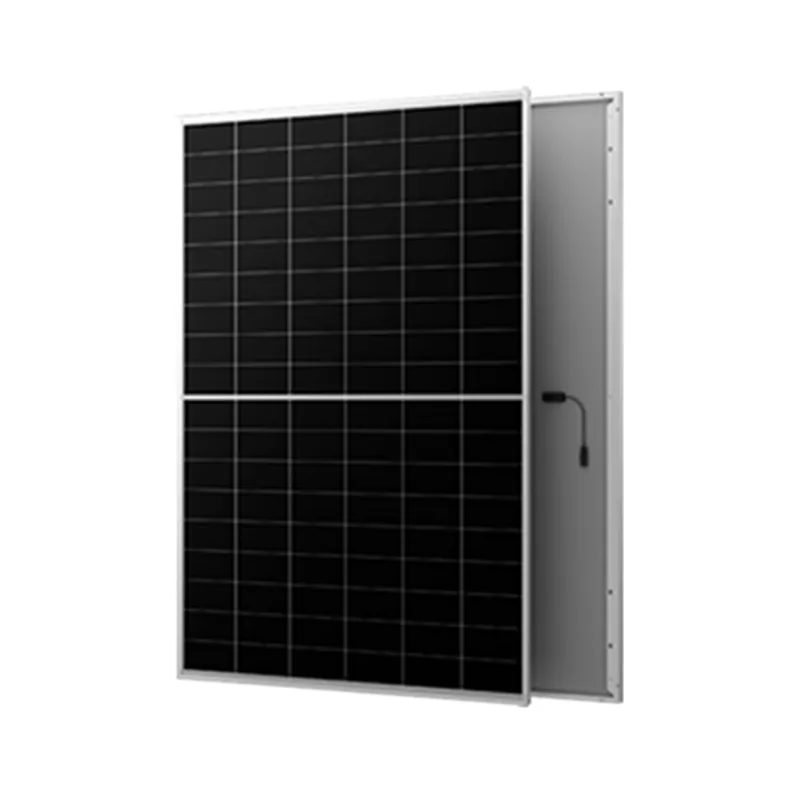dimensions of a 300w solar panel
When it comes to solar energy, the dimensions of solar panels play a crucial role in determining their efficiency and suitability for various applications. A commonly used solar panel in residential and commercial installations is the 300-watt (300W) solar panel. Understanding its dimensions and specifications can help homeowners and businesses make informed decisions regarding solar energy systems.
Typically, a 300W solar panel measures approximately 1.65 meters (65 inches) in length and 1 meter (39 inches) in width. The thickness ranges from about 3 to 5 centimeters (1.2 to 2 inches). These dimensions might vary slightly depending on the manufacturer and technology used in the panel construction. Most 300W panels are constructed using monocrystalline or polycrystalline solar cells, which influence their performance and efficiency.
.
The efficiency of a 300W solar panel is crucial in determining how much energy it can produce. Typically, these panels have an efficiency rating ranging from 15% to 22%. Higher efficiency means more electricity generation in a shorter period, crucial for maximizing energy savings.
dimensions of a 300w solar panel

When considering the installation of 300W solar panels, it is important to think about the overall system size. A typical residential solar system may include several panels, which collectively can generate enough power to meet the energy demands of a household. The dimensions of the roof or land available for installation will dictate how many panels can be accommodated, and subsequently, the total power output.
Moreover, the orientation and angle of installation are vital in optimizing solar energy capture. Panels should ideally face south in the Northern Hemisphere for maximum sun exposure. This factor, combined with the dimensions and efficiency ratings of the panels, will influence overall energy production.
In conclusion, the dimensions of a 300-watt solar panel are a significant factor in the design and implementation of solar energy systems. By understanding these dimensions and how they interact with efficiency ratings and installation considerations, individuals and businesses can harness solar energy to reduce their reliance on conventional power sources and promote sustainability.
-
Unlocking Energy Freedom with the Off Grid Solar InverterNewsJun.06,2025
-
Unlock More Solar Power with a High-Efficiency Bifacial Solar PanelNewsJun.06,2025
-
Power Your Future with High-Efficiency Monocrystalline Solar PanelsNewsJun.06,2025
-
Next-Gen Solar Power Starts with Micro Solar InvertersNewsJun.06,2025
-
Harnessing Peak Efficiency with the On Grid Solar InverterNewsJun.06,2025
-
Discover Unmatched Efficiency with the Latest String Solar InverterNewsJun.06,2025







